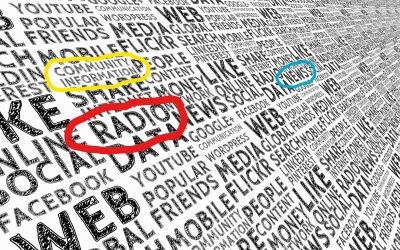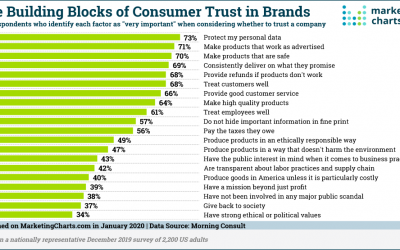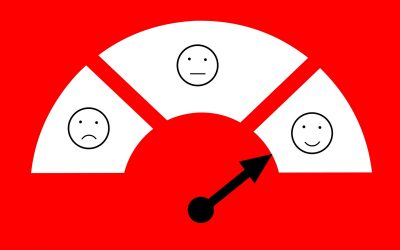You cut your advertising, you could lose a heck of a whole lot more than you realize. Odds are against your business ever recovering. There are multiple stories over the past 100 years of how during an economic downturn a business cut their advertising and ultimately...
ScLoHo’s Collective Wisdom
Why WOWO is the Best Choice for Advertising (Part Two)
I was reading a blog post last week from the Radio Advertising Bureau that includes several facts and figures I am going to share with you in this 2nd part of an ongoing series as to why WOWO radio is your best choice for advertising. But first, a little comparison of...
Radio versus Social Media
For the past few years, President Donald Trump has called the major news media Fake News. Meanwhile the commentators on the networks and news organization he calls Fake, call the Presidents favorite channel Fake News. I'm not about to dive into a political rabbit...
Consumers Crave Open & Honest Relationships
Last month I was cleaning out my email inbox and found an article from 2018 from Mediapost that I had been saving for the future. Today is the future. As much as things have changed this year, I'm sure you'll agree that somethings have changed very little. The...
What Is The Value Of Free?
One Small but Powerful Word …but wait, if you call now, you’ll receive a second set of (fill in the blank) absolutely FREE! Buy two – Get one FREE! Free Delivery – Free Interest. Free this - Free that! There’s a reason some of the top advertising copywriters in the...
Do They Love You?
We all want to be loved and this Valentines Day week, I am sharing some info on how you and your brand or business can be loved. It starts with trust. Last month, MarketingCharts.com shared a report on The Building Blocks of Consumer Trust in Brands and there are a...
Little Known Advertising Copy Secrets
Want to know how to be ignored? Be Predictable. The Opposite is also true and we'll learn some little known advertising copy secrets as we continue with part 8 of a 9 part series based on Roy H. Williams Advertising Oversimplified article he wrote a few...
Do You Provide Meaningful Touches?
Maintaining a good relationship with your customers is critical to your lasting success.Roy H. Williams in his article on Advertising Oversimplified covered this:Most customers are repeat customers or referral customers. Mass media is the most efficient...
Are You Creating Happiness?
http://serve.castfire.com/audio/3655096/3655096_2019-07-06-181936.128.mp3 We're going to cover three of the 20 points of Roy H. Williams Advertising Oversimplified:Regardless of how you win them, it is costly to win a...









